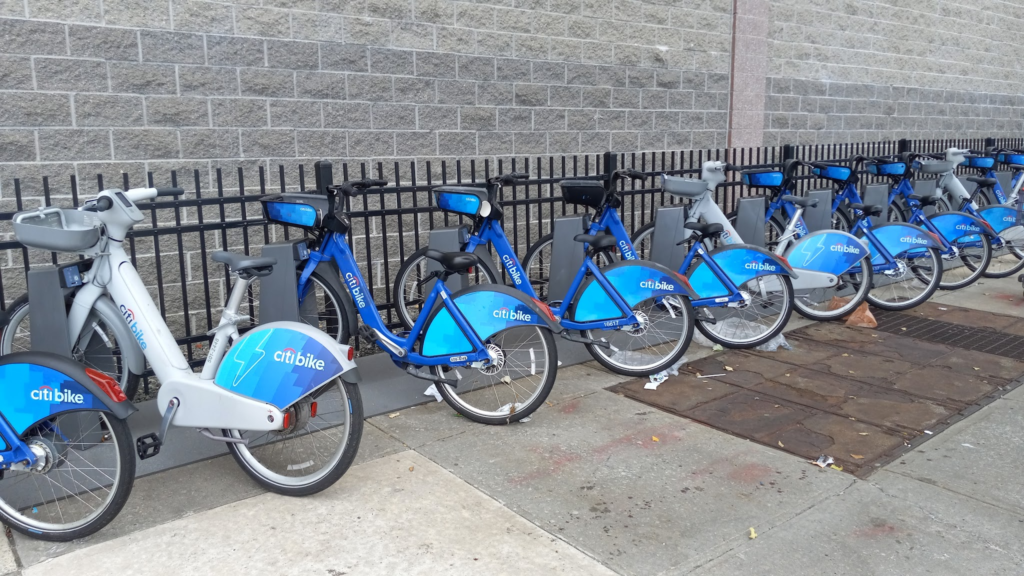2025 E-bike Regulations: Here’s What Canadian, U.S., and EU Riders Need to Know
As the e-bike industry grows, different countries are beginning to regulate their laws to ensure riders’ safety. This explains why the new 2025 e-bike regulations are rolling out. If you reside in Canada, the USA, or the EU, you should be aware of the new e-bike rules.
New electric bike classifications, helmet laws, e-bike insurance, and micromobility licensing are under new riding considerations.
These new electric bike laws are redefining how and where you ride. Freedom and safety are now assured for all riders, whether a city commuter, weekend cruiser, or vacation e-bike renter.
In this blog post, you will get full disclosure on the latest 2025 e-bike regulation. If you are ready, let’s dive deep.
Canada’s 2025 E-Bike Regulations: A Nationwide Refresh
Canada is starting to make moves to align itself with the global e-bike compliance. They strive to ensure consistency and safety across all provinces with the implementation and review of the 2025 e-bike regulations.
1. New Electric Bike Classification System
Transport Canada is aligning with the U.S. style system to categorise electric bikes more clearly:
- Class 1: This class ensure that the rider gets a Pedal-assist only and a max speed of 32 km/h
- Class 2: Throttle-controlled e-bikes with an e-bike speed limit of 32 km/h are found under class 2.
- Class 3: Pedal-assist bikes capable of reaching 45 km/h, but restrictions apply on public roads
This way, the government can easily enforce e-bike speed limits and improve rider safety in shared bike lanes and public paths.
2. Helmet Laws and Rider Age
Riders should expect mandatory helmet laws across all provinces. This is inclusive of all class 2 and class 3 riders.
If you live in Alberta or British Columbia (BC) and are 16 years old, we have some good news for you. The new proposed law allows those aged 16 to ride higher-powered models.
3. E-Bike Insurance and Licensing
Have you heard about Ontario’s new move? Ontario is now testing a digital e-bike ID system to protect riders and pedestrians.
With this new digital method, Ontario will minimise micromobility licensing stress. Inventions of the 2025 e-bike regulations may also mean that e-bike insurance is required for Class 3 models.
- Rider Rights for Delivery Cyclists
Delivery by throttle-controlled bikes assures riders a faster and safer ride with e-bike rider rights. They can commute safely in high-traffic zones and enjoy legal parking if they follow the guidelines for short stops.
United States: What’s Changing in 2025?
The U.S. adopted an easy and flexible means to emphasise e-bike safety standards by imposing age restrictions and better enforcement methods.
They continue to update their electric bike laws at both the federal and state levels. You need to understand that the United States has different regulations for different states. Here are a few rules that are in place for 2025
- Federal Clarity on E-Bike Classes
At the Federal level, the recognised three-class system is:
- Class 1: This is an electric bike with pedal-assist and a maximum speed of 20 mph.
- Class 2: Just like the Canadian grading system, these are throttle bikes. This e-bike’s speed is 20 mph.
- Class 3: This is a pedal-assist only e-bike, and it can run up to 28 mph (in most states, it may be restricted from bike paths)
In 2025, the federal government has decided to include more specific e-bike compliance requirements. These laws are particularly for bike manufacturers and importers.
2. State-Level Electric Bike Laws
Rules, legislation and laws varied from one state to another. In California, GPS-based micromobility licensing has been proposed as a regulation. They have also released the need for manufacturers to implement mandatory speed limiters.
On the other hand, New York cracked down on all unregistered throttle-controlled e-bikes. This ensures that all throttle e-bikes are registered.
Finally, Texas legalised class 3 e-bikes on more trails and required a mandatory reflector while driving at night.
3. Helmet and Safety Standards
Safety standards vary from state to state, especially for children and class 3 e-bike riders. Hence, the need for braking systems, lights and reflectors becomes a common rule in most states.
Hint:
There are only 6 states that allow riding a class 3 e-bike with a 1000W motor on public roads.
EU 2025 E-bike Regulations: Europe Stays Ahead of the Curve
Europe is one of the continents that has long embraced a more sustainable mode of transport. Today, they are referred to as the e-bike frontiers. The latest 2025 e-bike regulations reflect their technical standards and environmental goals.
1. EN15194 Certification Update
Europe has proposed new regulations for the EN15194 certification. These laws ensure riders’ safety across the EU. New rules include:

- Improved battery fire safety measures
- Required motor cut-off when braking
- Anti-tampering firmware to block performance hacks
Hint
Do you care about subsidies and rebates? Then you have nothing to worry about, as long as your e-bike is compliant with the newly updated safety and compliance standards. You will stand a chance to qualify for this rebate and subsidies.
- Pedelec vs. Speed Pedelec Distinction
- Pedelecs (max 25 km/h) will remain widely accessible without a license.
- Speed Pedelecs (up to 45 km/h) must now have e-bike insurance, a license plate, and sometimes even a driver’s permit.
3. Country Spotlights
- If you are in Germany, do not upgrade your e-bike motors, as it is forbidden.
- The Netherlands hold the helmet law in high esteem. This is done to ensure the safety of riders and reduce the number of accidents.
- France has decided to use incentives to ensure riders’ compliance with the newly updated EN15194 standards.
Final Thoughts: Navigating the New E-Bike Rules in 2025
To sum it up, the world is technically growing fast, and we need to keep up with the pace. With many cities investing in a clear and fast way to explore. Hence, the rise in climate initiatives, micromobility infrastructure and also bike lanes. So, e-bikes are no longer fringe vehicles, they are the future of urban transport.
This is why 2025 e-bike regulations matter. They ensure that the electric bike buzz remains safe, sustainable, and smart.
If you are planning to join the future movement by purchasing one and adding it to your arsenal, then you need to pay attention to the 2025 e-bike regulations. Do not hold back, get informed!



